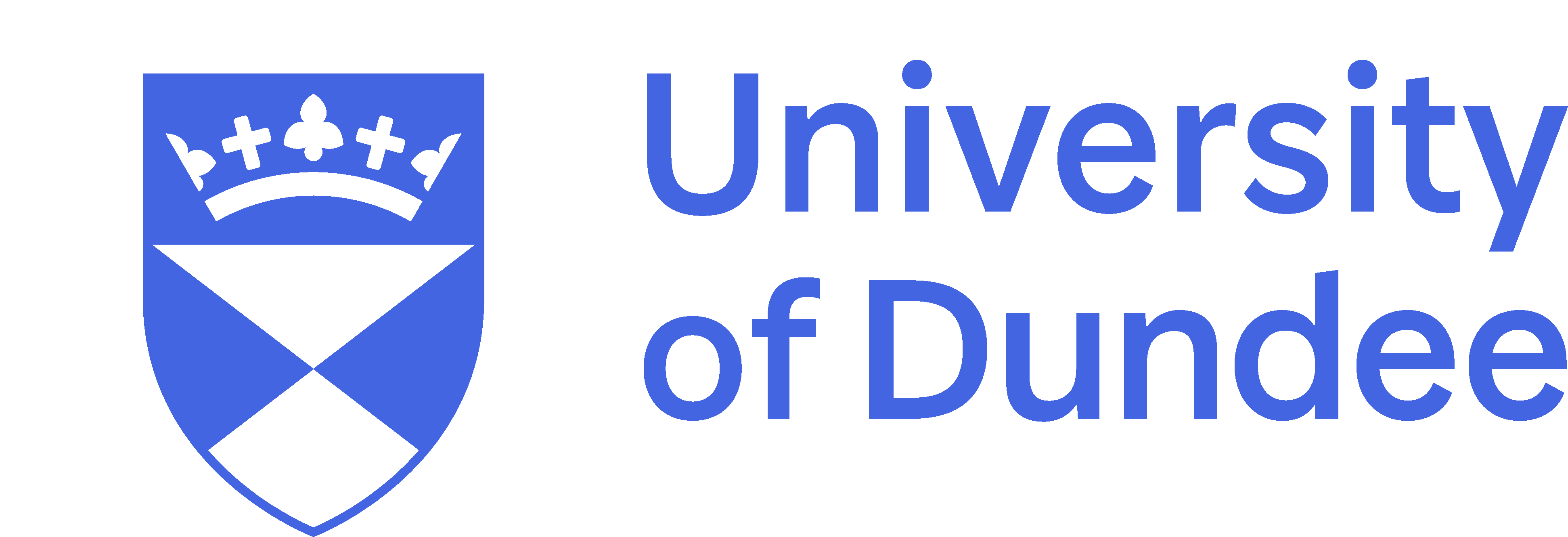Characterization of protease activity of Nsp3 from SARS-CoV-2 and its in vitro inhibition by nanobodiesAbstractOf the 16 non-structural proteins (Nsps) encoded by SARS CoV-2, Nsp3 is the largest and plays important roles in the viral life cycle. Being a large, multidomain, transmembrane protein, Nsp3 has been the most challenging Nsp to characterize. Encoded within Nsp3 is the papain-like protease PLpro domain that cleaves not only the viral protein but also polyubiquitin and the ubiquitin-like modifier ISG15 from host cells. We here compare the interactors of PLpro and Nsp3 and find a largely overlapping interactome. Intriguingly, we find that near full length Nsp3 is a more active protease compared to the minimal catalytic domain of PLpro. Using a MALDI-TOF based assay, we screen 1971 approved clinical compounds and identify five compounds that inhibit PLpro with IC50s in the low micromolar range but showed cross reactivity with other human deubiquitinases and had no significant antiviral activity in cellular SARS-CoV-2 infection assays. We therefore looked for alternative methods to block PLpro activity and engineered competitive nanobodies that bind to PLpro at the substrate binding site with nanomolar affinity thus inhibiting the enzyme. Our work highlights the importance of studying Nsp3 and provides tools and valuable insights to investigate Nsp3 biology during the viral infection cycle. Authors Lee A. Armstrong, Sven M. Lange, Virginia de Cesare, Stephen P. Matthews, Raja Sekar Nirujogi, Isobel Cole, Anthony Hope, Fraser Cunningham, Rachel Toth, Rukmini Mukherjee, Denisa Bojkova, Franz Gruber, David Gray, Paul G. Wyatt, Jindrich Cinatl, Ivan Dikic, Paul Davies, Yogesh Kulathu Principle Investigator(s) Yogesh Kulathu DOI Link |

